How Great Content Will Help You With Link Building
-

Aaron Gray
- Blogs
-
 September 05 , 2022
September 05 , 2022 -
 12 min read
12 min read
Search Engine Optimisation (SEO) had undoubtedly come a long way since the ‘Wild West’ era of the late ’90s when all a website had to do to rank was stuff content with keywords and spammy links. Back then, even poor-quality links could contribute to a site’s SEO score and rankings. It wasn’t until the 2000s that search engine algorithms evolved, put some order into the Internet, and put the web’s ‘Wild West’ image to rest.
It ended the practice of creating unhelpful and flimsy content filled with shoehorned keywords and links to shady sites. Now, search engine algorithms have evolved to the point that only high-quality content appears in users’ searches. The way search engines see it, quality links from quality sites indicate a website’s level of trustworthiness. Modern search engines have become sophisticated enough to tell the difference between the useful and the useless.
Did you know that 94% of content on the web, doesn’t get backlinks? Nowadays, incoming hyperlinks (or backlinks) from poor-quality sites can damage a site’s reputation. Therefore, link-building strategies should start with great content users want to read and share. This is a big number, however to get backlinks you have to create something amazing.
Let’s look into this more.
How Can Great Content Help Your Site?
Great content gives value and appeals to users emotionally and intellectually. It should be useful, unique, and aligned with the users’ goals. Simply put, great content teaches, entertains, and persuades. If your content possesses these characteristics, your site can rank higher on search engine result pages (SERPs). But how can great content help you with your link-building campaign?
1. It Helps You Earn Quality Links
When people see great content, they share it on social media and link to it on their websites. It also opens the door to gaining links from other advertising channels. Great content equals shareable content. Shareable content equals backlinks to your website.
2. It Utilises Good E.A.T Practices (Which Google Loves)
Expertise, Authoritativeness, and Trustworthiness (E.A.T) is important because it’s now part of Google’s algorithm and its Search Quality Evaluator Guidelines.
Utilising E.A.T practices in your content can significantly help when it comes to your link building. Here‘s some things to remember when conducting an E.A.T audit on the page you want to gain backlinks for.
-
- Make sure your website features a proper author bio from an expert in your industry if you’re linking to a blog page. The author’s bio helps show credibility in the content because someone with extensive knowledge has written it

-
- Does the content have plagiarism issues? Using tools such as Copyscape.com can help detect issues with duplicate content. This article we wrote on making peace with plagiarized content can also help.

-
- Avoid stuffing an excessive number of ads in your article. Nothing will make a reader leave a website faster than seeing a page crammed with ads. It’s distracting and doesn’t provide a positive user experience.
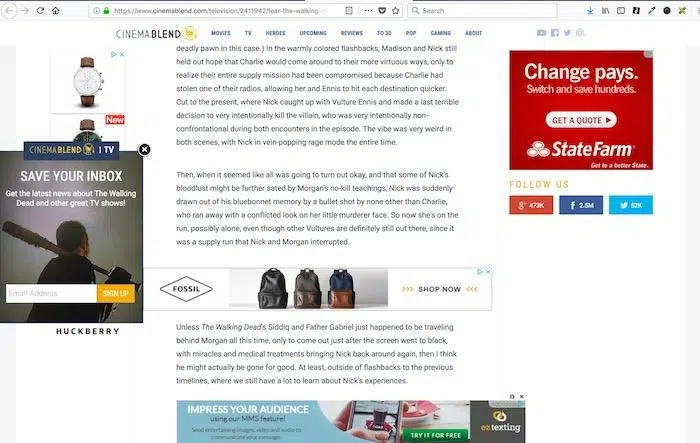
-
- Ensure your content displays well on mobile devices. Content not optimised for mobile devices doesn’t reformat itself to fit on the smaller screens of these devices. Elements of your website should be optimised for mobile responsiveness for better user experience and E.A.T.
-
- Make sure your content is well-researched and provides informative content. Facts and statistics should be double and triple-checked. Also, make sure your sources are well-known authority sites.
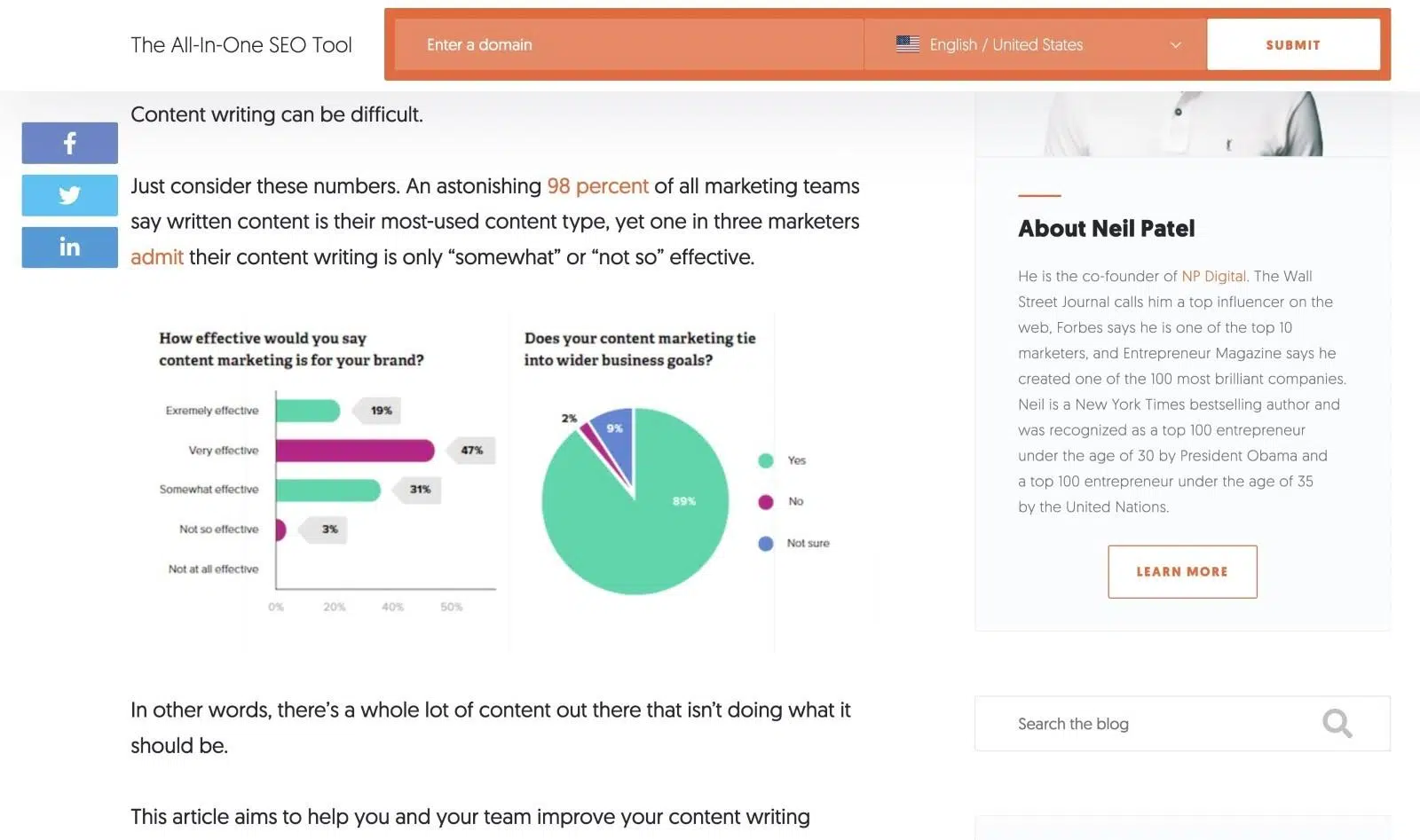
-
- Content should answer specific questions of users. Directly answering users’ questions helps your audience and your SEO—search engines like Google value sites that give helpful and satisfying answers to user queries.

E.A.T is essential to link building and SEO as a whole. If you need your E.A.T checking, reach out to our team for more information on our white label SEO strategy documents.
3. It Helps You Rank for Keywords (When Done Right)
Great content shouldn’t just be written for humans; content should also be crafted with search engines in mind.
So, what does this mean? Keywords!
Did you know that 71% of marketer’s target keywords strategically as their go to SEO tactic?
Keywords help your content rank in search engines, but only when balanced with good content. However, you should avoid keyword stuffing at all costs!
So how do you determine which keywords to add to your content while maintaining naturally written content? You can do this by using Ahrefs.com’s Keywords Explorer. Let’s take a closer look.
Let’s say you’re writing an article titled, ‘How to Care for A Newborn Kitten.’
Let’s put the title into Ahrefs. As you can see from below, this long-tail keyword has a decent search volume – 200 and a low keyword difficulty of 24. This means that this title is easy to rank for.

Long-tail keywords, which are longer and more specific, are great for easy wins, but stuffing a lot of long-tail keywords into your content will look spammy. You can see here other examples of long-tail keywords within the same niche.

From the example above, a few good shorter style keywords can be used.
Examples of natural keywords to use could be:
-
-
- Newborn kitten size
- Newborn kitten weight
- Newborn kitten pooping
- Newborn kitten milk
- Newborn kitten formula
- Newborn kitten bottle feeding
-
All these above are good options because they fit within the title’s main focus ‘caring’ for the newborn kitten.
Now let’s look at poor keyword choices for the article:
-
-
- Newborn kitten photoshoot
- Sexing a newborn kitten
-
These two keywords aren’t really relevant. Why? Because when caring for a newborn kitten, you don’t really need to know its sex and don’t need to do a photoshoot with it.
Finding a balance of utilising keywords that are relevant to your title will go a long way in helping to compliment your content. But just a reminder, just because there are keywords to use, it doesn’t mean you need to use all of them. Natural, non-spammy content is the best content, especially when it comes to link building.
How To Create Content That Helps with Link-Building
Aside from implementing good E.A.T practices, there are a few other key strategies to utilise when creating content to gain backlinks.
Here are other things to remember:
1. Identify and Understand Your Target Audience
Identifying and understanding your target audience is key when creating content for link building. If you know and understand your target audience, you can craft content that answers their queries, tailors to their needs, and addresses their concerns.
In other words, your audience should be included in content creation.
Market research is typically involved when identifying the target audience. Knowing your target audience means finding out these things about your readers:
-
-
- Age
- Location
- Gender
- Education level
- Employment
- Socioeconomic standing
- Marital status
- Behaviour
-
Knowing the demographic makes it easier to visualise user personas. After segmenting your audience, you can create content targeting these personas.
For example:
If your website markets outdoor gear, visualise a person called Sam, a 32-year-old single male sports enthusiast who hikes mountain trails during weekends.
Another could be Cathleen, a working mother whose family goes camping every month.
These personas can represent different segments of your audience. Although these people are imaginary, the personas you’ve created can help humanise your audience, making it easier to create content meant for them. For Sam, you might write content around the best hiking gear, while content targeting Cathleen may focus more on making camping trips with children easier.
2. Write Evergreen Content
Evergreen content refers to content that’ll always be relevant, no matter how far into the future it’s seen. While topical content is also valuable, evergreen content will rank for years.
This content usually doesn’t need significant updates. The longer it remains live online, the more traffic it attracts, which translates to a higher return on investment (ROI). This type of content can be FAQ (frequently asked questions) boards, videos, how-to guides, or knowledge-based posts.
Original, educational, and in-depth evergreen content can be an excellent resource for other writers. They can use the content as a reference and link back to it. Evergreen content is ideal not only for organic traffic but also as a way to build trust and authority for your website.
Since the content is designed to draw in traffic continuously, your link-building has a higher chance of succeeding. The content is also a great place to mention your products or services, further increasing product awareness and boosting your SEO.
Essentially, there are two types of evergreen content: content that will always remain relevant regardless of the passing of time, and one that needs to be updated to reflect changing technology and trends.
For example, ‘how-to’ guides like…
‘How To Properly Clean a Puffer Fish to Avoid Poisoning Your Dinner Guests’
or
‘How To Make a Mind-Blowing Chili Oil’
…will probably remain relevant for the next ten generations or so.
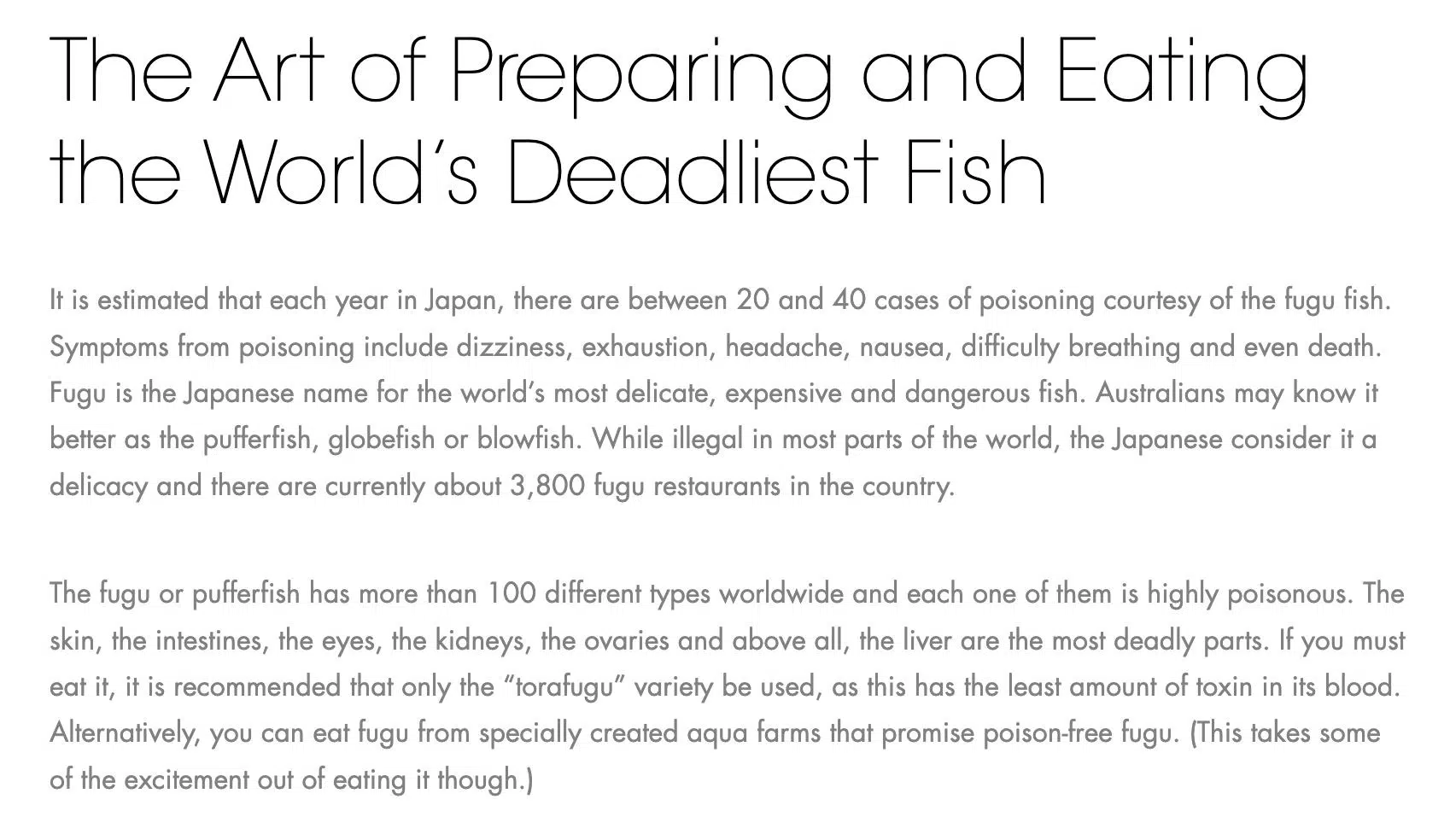
On the other hand, an article about current devices and technology will likely need revisions to keep up with the technological changes.
For example, a blog post like…
‘How To Transfer Media Files from Your MacBook to Your PC’
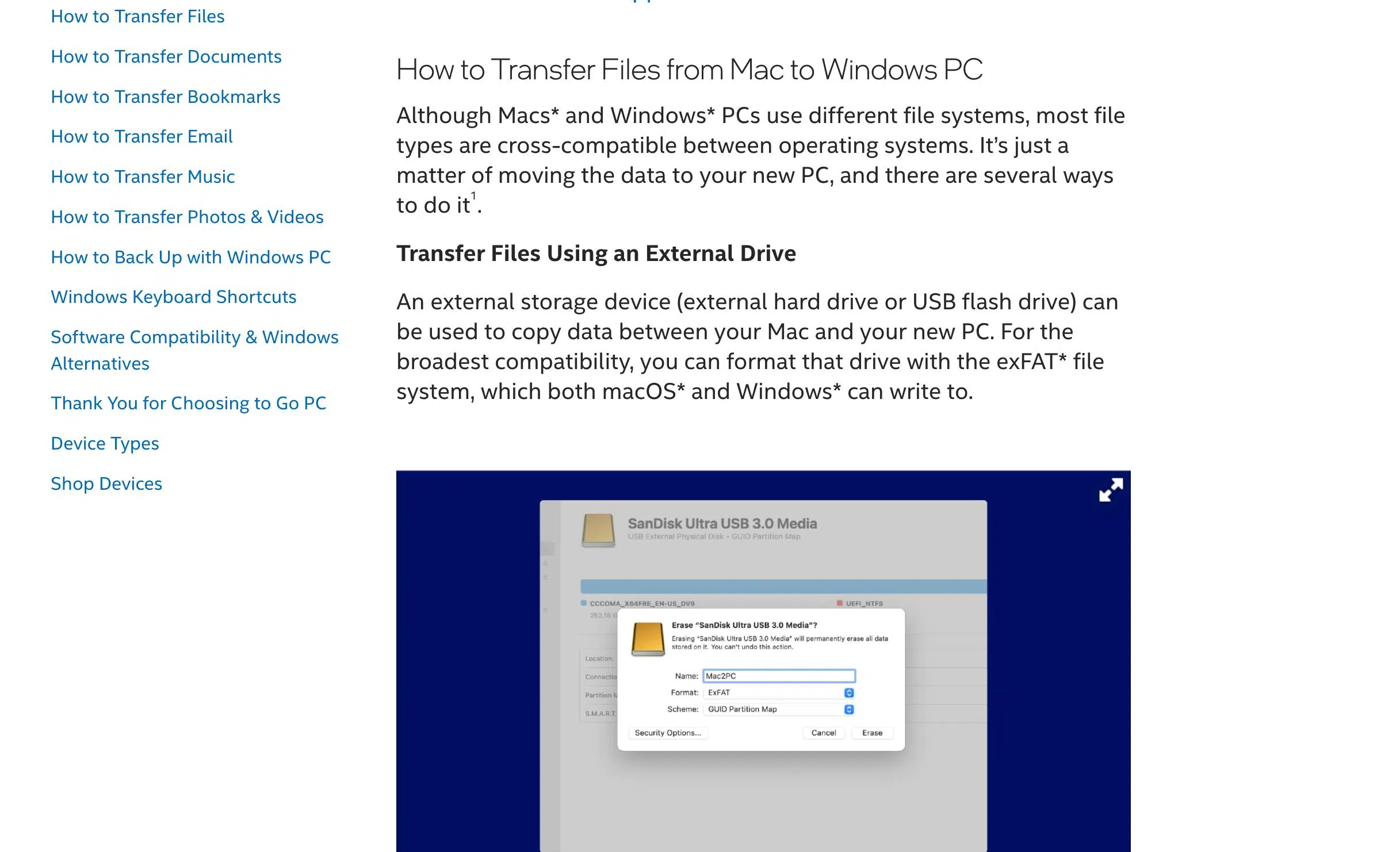
…will be okay for a few years. But they will undoubtedly need an update once new technology becomes available.
This is an example of non-evergreen content.
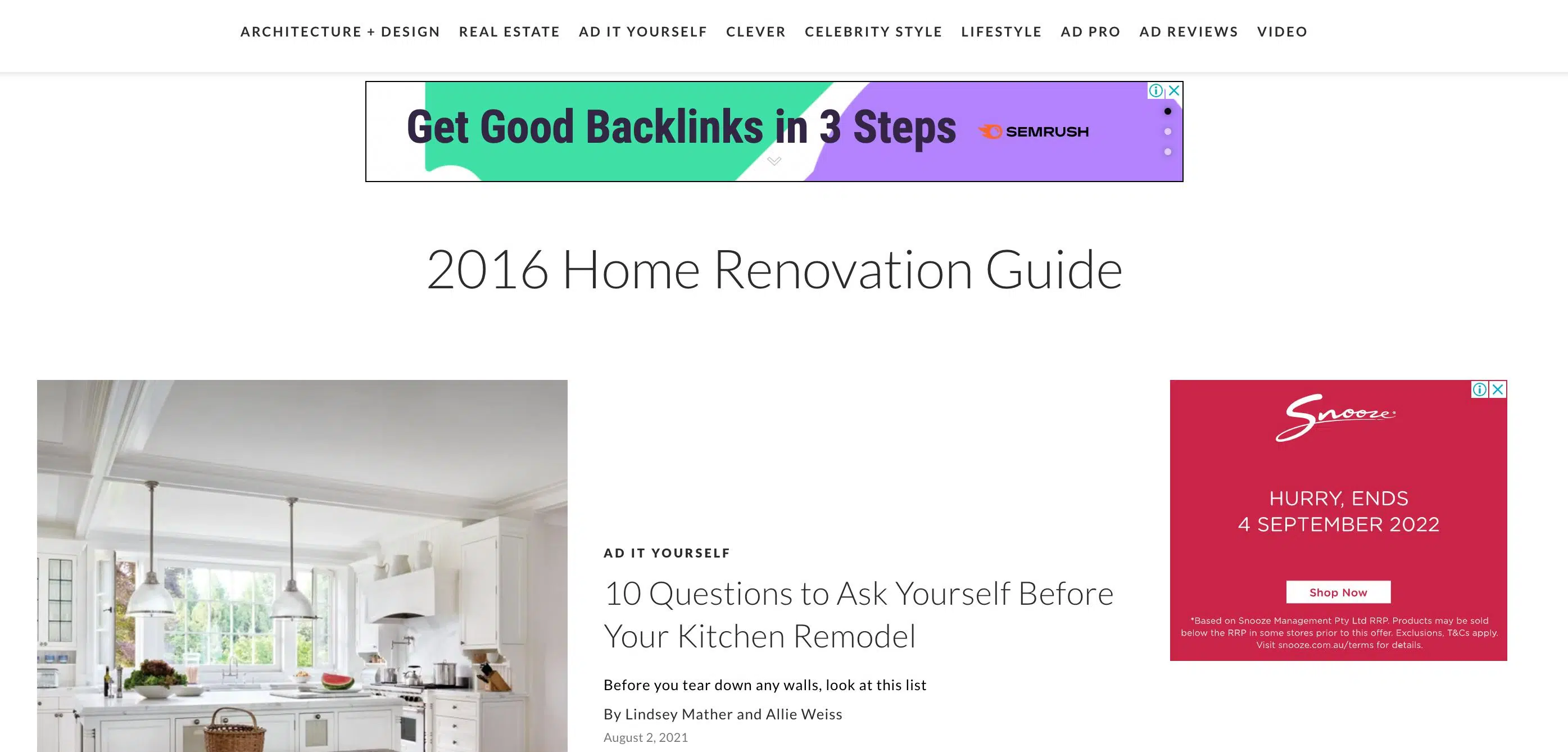
3. Create Content That Solves a Person’s Problem
Problems in the world are vast; however, writing an article that solves your target audience’s problems will help improve your link-building efforts.
When solving a person’s problem, it’s important to remember the different stages to cover.
Step #1. Identify and Define the Problem
The beginning of your article should identify and define the problem.
Let’s take a look at this example of a parenting problem: “I keep yelling at my teen weekly because they won’t clean their room. Their room is starting to smell.”
In the intro of your article, it should outline the problem like this:
Are you having trouble getting your teen to clean their room? Is it starting to smell like mouldy old cheese from the dirty clothes behind the drawers and the sheets which haven’t been washed in weeks? Do you find you yell a lot lately? If you’re nodding yes as you read this, and have fewer hairs than you had a week ago, you’re not alone. But don’t despair; here’s some of the best ways you can get your teen to clean their room without fail.
Do you see how it sets up your audience’s problem?
But how do you find problems to answer within your niche? One way is to use the Google Suggest feature. It automatically brings up search results when you put a partial wording in. As you can see below, there’s a lot of good suggestions.
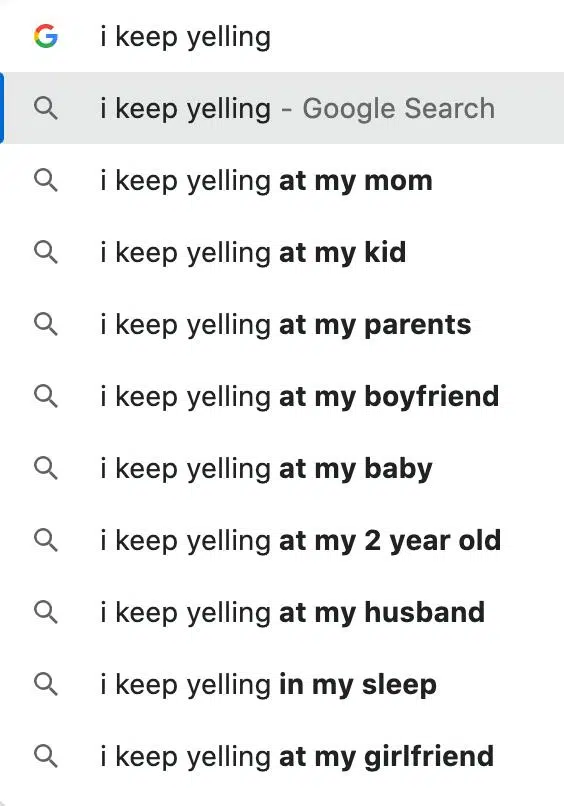
Step #2. List Out Solutions the User Can Try
The next step is to list your solutions clearly. Explain in detail what they need to do to achieve the desired results.
Let’s look at an example of the problem we’ve already addressed with the teen not cleaning their room.
-
-
- Stop yelling and start talking to your teen – Find out why your teen doesn’t want to clean their room, how they feel about you yelling at them all the time, work out why you’re angry all the time about the room, and talk about how you both can work together to get what’s required done without being asked.
- Setup expectations, deadlines, and consequences – but make sure it’s reasonable to the situation and be open to negotiation. But remember, you are the parent, e.g., they won’t get their phone for a day, they can’t go to x friend’s party on the weekend, etc.
- Respect their individuality – If they can’t do it the way you want, work out how they can do it in their own way while achieving the same results.
- Talk to your teen about untidy vs unsanitary – for example, books on the floor vs mouldy food on the floor.
- Give incentives – While you shouldn’t need to, with some teens, it works well. Pocket money for cleaning their room or additional time on certain technology are some options.
- Give praise for good behaviour – While they may not seem to like it, all children, no matter the age, like praise. Praising kids for the right actions can go a long way than yelling at children for the wrong actions.
-
As you can see, these options can provide possible outcomes for the person experiencing the problem. The key to any article is to give information that solves the person’s problem without them having to look elsewhere.
Step #3. Offer A Place to Provide Feedback
After finishing your article, always place a call to action like “Did any of this help? Let Us know!”
Provide feedback options such as comments, social media, or email. This feedback will also help you understand if your writing is helpful for your audience or if you have to work on your technique.
Along with the above suggestions, you can also use this article to help you transform boring content into an artistic masterpiece.
Conclusion
Link-building is a vital component of SEO. It can be tricky, but content can significantly help a site’s link-building campaign. Great content can help you with link-building because it makes the content worthy of sharing. Are you struggling with your content and link building? Don’t anymore, we can help you. Reach out today!
Subscribe to Our Blog
Stay up to date with the latest marketing, sales, service tips and news.
Sign Up
"*" indicates required fields


